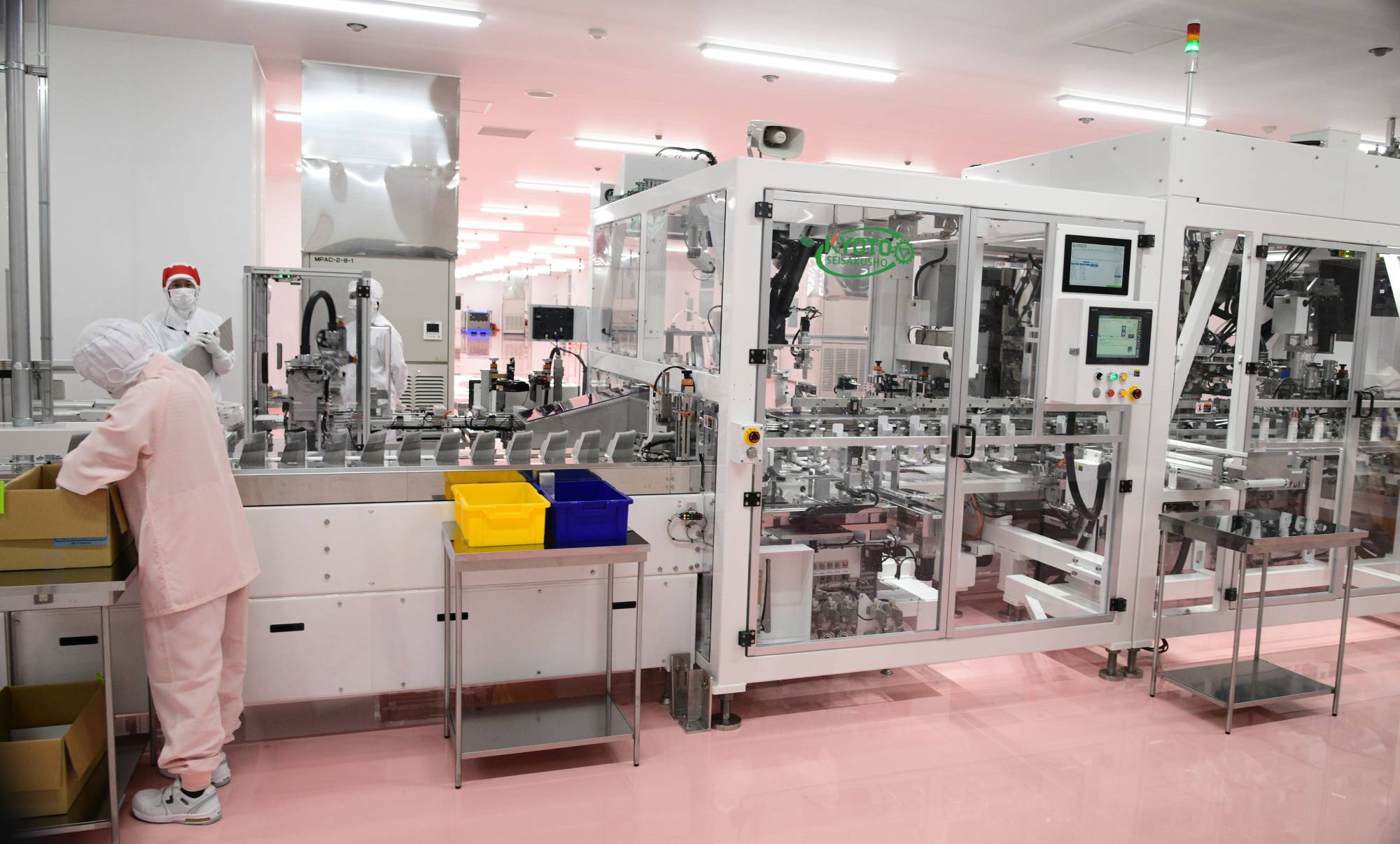Despite setbacks due to the coronavirus pandemic, Shiseido has completed construction of a new plant in Kurume, Fukuoka Prefecture, as its sixth plant in Japan and the first in Kyushu.
With the start of full-scale operations set for June, the company aims to expand its domestic production capacity in response to growing demand for "Made in Japan" cosmetics overseas.
The new plant will become one of the company's export bases for China and other Asian markets, with an initial staff of about 250 employees who will mostly be hired locally. Shiseido plans to eventually grow the workforce to between 800 and 900 employees.


















With your current subscription plan you can comment on stories. However, before writing your first comment, please create a display name in the Profile section of your subscriber account page.